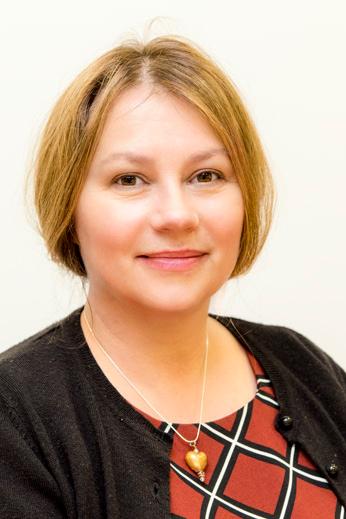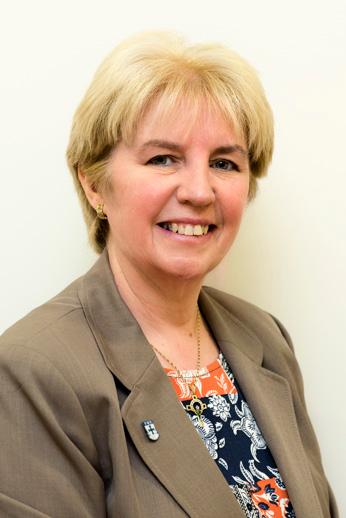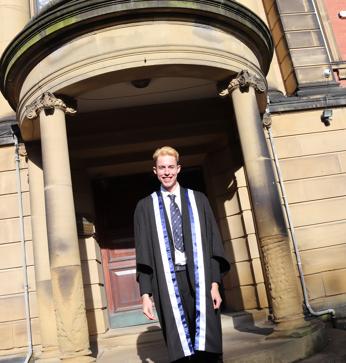
3 minute read
Celebrating Dr John Snow
If alive today Dr John Snow would be celebrating his 207th birthday. In reality the famous physician only lived to the age of 45 (1813 - 1858) sadly passing away as the result of a Stoke.
However, he will always be remembered as one of the founding fathers of epidemiology, as well as a leading figure in the initial development of anaesthetics in Britain.
Advertisement
The birth of Epidemiology
The discovery that Cholera is water-borne. Broad Street outbreak -
On 31 August 1854, after several other outbreaks had occurred elsewhere in the city, a major outbreak of cholera occurred in Soho. Over the next three days, 127 people on or near Broad Street died. During the next week, three quarters of the residents had fled the area. By 10 September, 500 people had died and by the end of the outbreak, 616 people would be deceased.
Many of the victims were taken to the Middlesex Hospital, where their treatment was superintended by Florence Nightingale, who briefly joined the hospital in early September in order to help with the outbreak.
By talking to local residents Dr John Snow identified the source of the outbreak as the public water pump on Broad Street (now Broadwick Street) at Cambridge Street. Although Snow's chemical and microscope examination of a sample of the water from this Broad Street pump water did not conclusively prove its danger, the facts he had gathered about the patterns of illness and death among residents in Soho persuaded the authorities to disable the well pump by removing its handle.
Snow later used a dot map (now know as a Voronoi diagram) to illustrate how cases of cholera occurred around this pump. He mapped the locations of individual water pumps and generated cells which represented all the points on his map which were closest to each pump. The section of Dr Snow's map representing areas in the city where the closest available source of water was the Broad Street pump included the highest incidence of cholera cases. He also used statistics to compare fatalities among the customers of London's different water suppliers, and to illustrate the connection between the quality of the source of water and the number of cholera cases.
Interestingly, there was one significant anomaly—none of the workers in the nearby Broad Street brewery contracted cholera. As they were given a daily allowance of beer, they did not consume water from the nearby well. During the brewing process, the wort (or un-fermented beer) is boiled in part so that hops can be added. This step killed the cholera bacteria in the water they had used to brew with, making it safe to drink. Dr Snow showed that the Southwark and Vauxhall Waterworks Company were taking water from sewage-polluted sections of the Thames and delivering it to homes, resulting in an increased incidence of cholera among its customers. Dr Snow's study is part of the history of public health and health geography. It is regarded as the founding event of epidemiology.
Vegetarian and Temperance advocate
Dr John Snow was famously teetotal and chose to become vegetarian in 1830, these lifestyle choices often invited criticism, with fellow physicians referring to him as an eccentric.
Royal Connection
Queen Victoria and Prince Albert first showed interest in the use of chloroform during childbirth in 1848, however no anaesthetic was administered for her seventh delivery in 1850 of Prince Arthur.
In 1853 by the time her eighth delivery occurred (Prince Leopold), Dr John Snow administered chloroform to the Queen to assist with the birth of her son. He also administered chloroform to the Queen during the birth of her ninth and final child, a daughter (Princess Beatrice, 1857).








